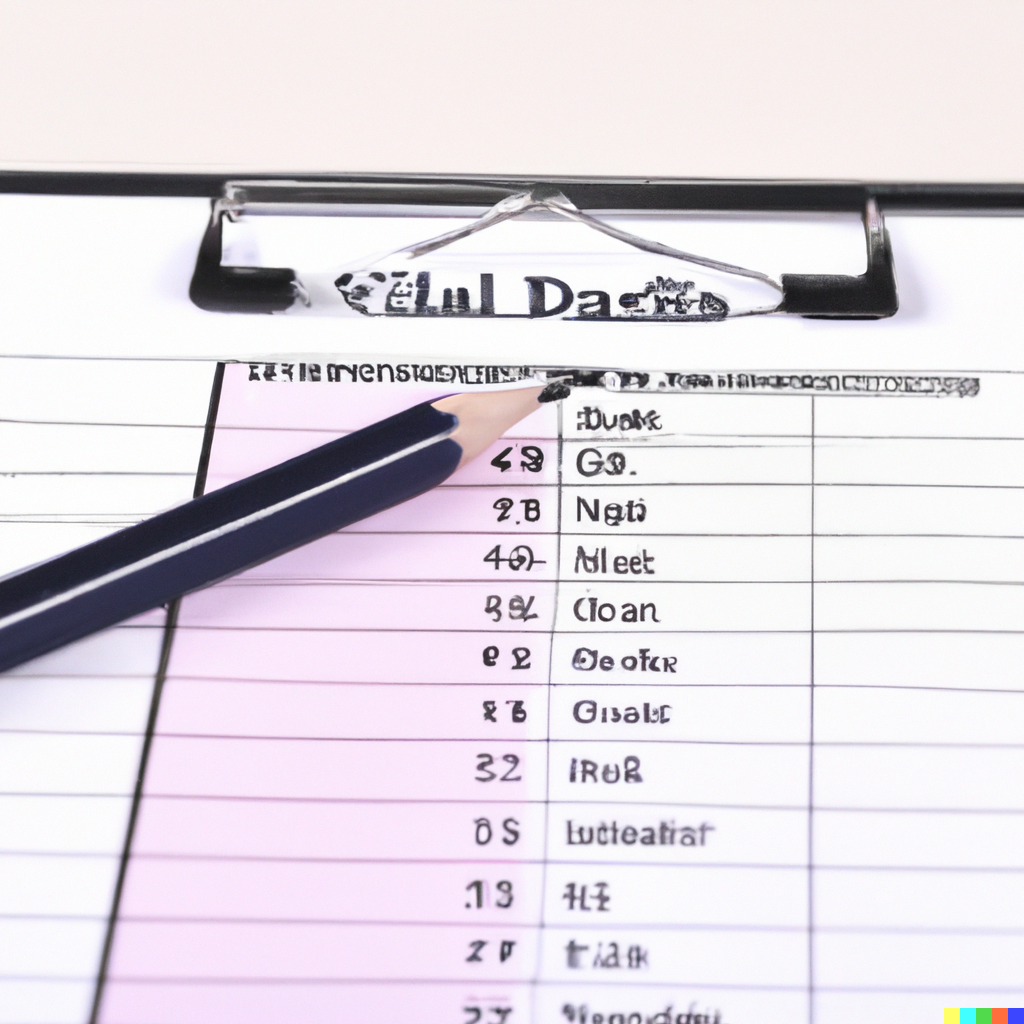My Two Cents: The Intersection of AI and eDiscovery: Embracing Technology without Overriding Human Judgment
/To what extent can artificial intelligence truly assist attorneys in the realm of e-discovery? 🧐
In the realm of eDiscovery, the integration of artificial intelligence (AI) has revolutionized the way legal professionals handle vast amounts of data. The benefits of AI in enhancing efficiency and accuracy are undeniable, but it is essential to strike a balance between leveraging technology and the invaluable human judgment required for the final result. In a recent Shout Out! featuring previous podcast guest and past guest host Brett Burney, his discussion shed light on the symbiotic relationship between AI and human expertise in eDiscovery.
The Power of AI in eDiscovery:
AI has emerged as a powerful tool in eDiscovery, allowing legal professionals to tackle complex tasks more efficiently and effectively. With the capability to process and analyze massive volumes of data, AI algorithms can identify patterns, extract relevant information, and predict case outcomes with remarkable speed and accuracy. This technology enables legal teams to save time, reduce costs, and gain valuable insights that would be otherwise challenging to uncover manually.
The Role of Human Judgment:
While AI provides indispensable assistance, it is important to recognize that it is not a substitute for human judgment in the final analysis. Brett emphasizes that its human judgment that should be the final editors. Human expertise and insight remain irreplaceable when it comes to interpreting the context, understanding nuances, and making critical decisions. Legal professionals possess a unique ability to consider multiple perspectives, exercise discretion, and apply legal reasoning based on their experience and understanding of the case at hand.
The Synergy of AI and Human Expertise:
Artificial intelligence does not replace human judgment when lawyers conduct ediscovery.
By embracing the synergy between AI and human judgment, eDiscovery practitioners can harness the full potential of technology while ensuring a comprehensive and well-rounded approach to legal matters. AI algorithms can help legal teams streamline the initial stages of data processing, categorization, and information retrieval, empowering them to focus their attention on the strategic aspects of case analysis. This collaboration enhances the efficiency of legal workflows and augments the ability of legal professionals to uncover crucial insights buried within extensive data sets.
The Ethical Considerations:
While AI is a powerful ally in eDiscovery, ethical considerations must be at the forefront of its implementation. Transparency and accountability are paramount to ensure fairness, as biases embedded within AI algorithms can potentially impact the results. Legal professionals must exercise caution when relying on AI predictions and should employ critical thinking to validate and interpret AI-generated outputs. Human oversight becomes crucial to identifying and mitigating any biases or errors that may arise during the AI-assisted eDiscovery process.
The Professional Ethical Considerations:
The lawyer responsible for the final discovery deliverable to the opposition will be held legally, e.g., malpractice, and professionally, i.e., responsible to their bar association, accountable. If you are going to rely on AI for your “eDiscovery” then you need to know its limitations. MR 1.1[8] Further, you need to somehow address its shortcomings before you hand over your discovery production. Regardless, check your work!
The Future of AI in eDiscovery:
AI and Lawyers can work together to better an ediscovery response!
As technology continues to evolve, the future of AI in eDiscovery holds immense potential. Advancements in machine learning and natural language processing will further refine AI algorithms, enabling even more precise analysis and prediction capabilities. However, the significance of human judgment will persist, as the complex nature of legal cases necessitates the application of legal principles, strategic thinking, and ethical considerations that only humans can provide.
Conclusion:
The integration of AI in eDiscovery has transformed the legal landscape, empowering professionals to navigate through vast amounts of data efficiently and uncover crucial insights. However, it is essential to acknowledge that AI is a powerful tool that complements rather than replaces human judgment. By embracing the synergy between AI and human expertise, legal professionals can capitalize on the advantages of technology while ensuring a comprehensive and nuanced approach to eDiscovery. As the field continues to evolve, the harmonious collaboration between AI and human judgment will shape the future of eDiscovery, delivering improved outcomes and justice in the digital age.
MTC.
Happy Lawyering!!!





























